On World Reef Awareness Day, marine biologists discuss the reef-building corals of Mumbai and ways in which we can try to preserve them
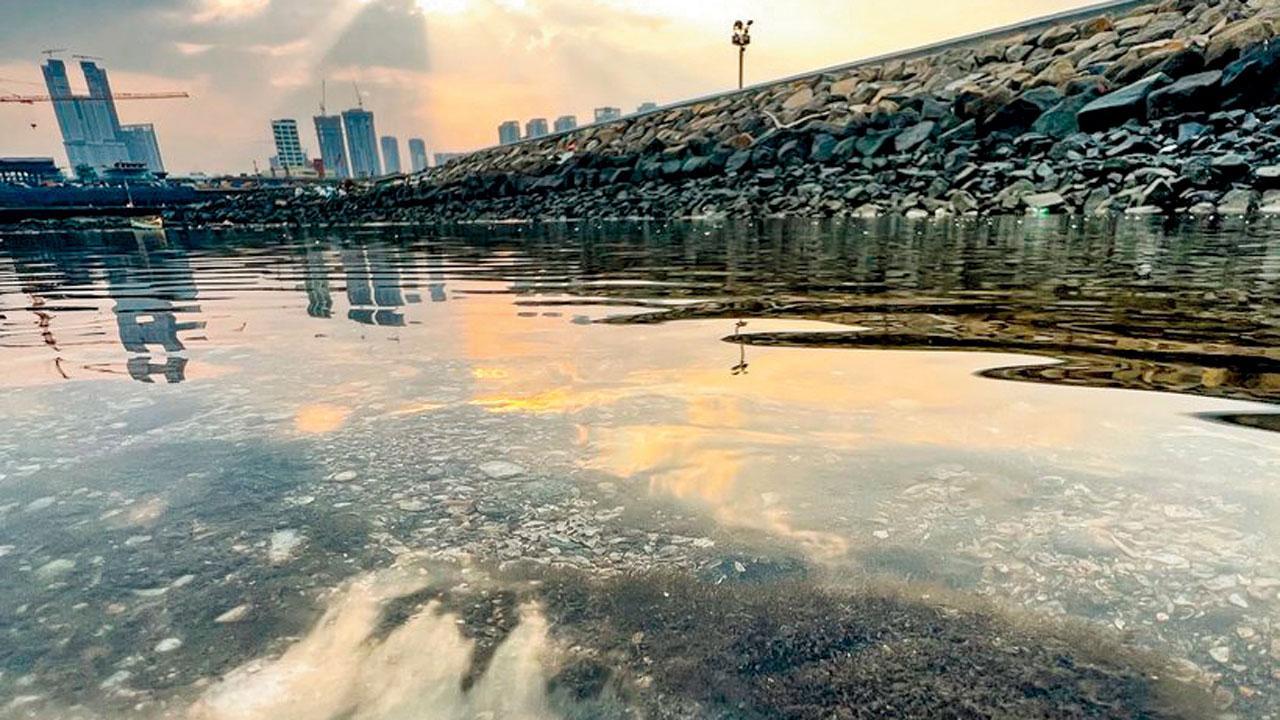
False pillow coral at Haji Ali
Wouldn't it be wonderful if we could plan our next snorkelling session somewhere along the coast of Mumbai? But does the city have the potential to offer us sightings of diverse marine ecosystems? This World Reef Awareness Day, we try to understand the city’s propensity for developing coral reefs along its shores, facts about the coral species it boasts of, and the efforts that can be taken to preserve marine organisms.
ADVERTISEMENT
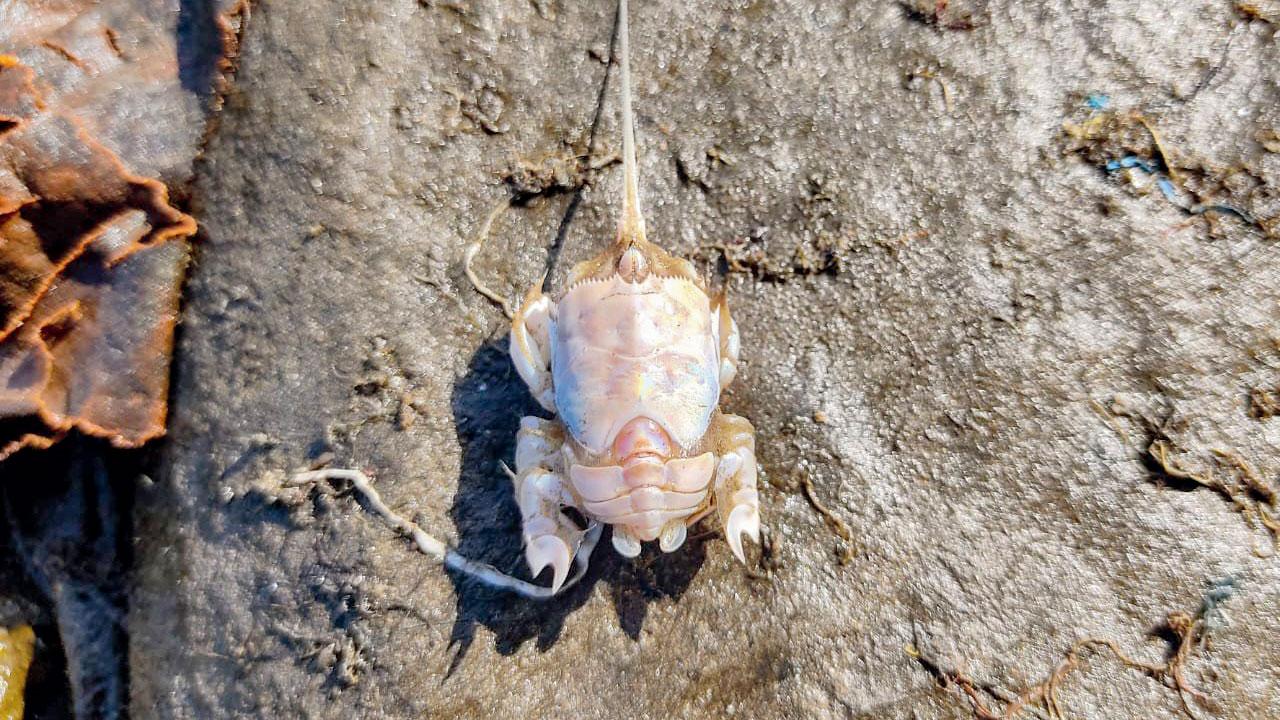
Mole crab
City-based marine biologist Harshal Karve shares, “I have been studying the corals in Mumbai’s intertidal zones and along its coastline. It’s important to know that only particular species of corals possess the capacity to develop a reef. While reef-building coral species have been found in parts of the city, it is difficult to ascertain the presence of a reef because the water here is turbid. There is almost zero visibility for scuba divers to go in and check.”
Power of a community
Karve admits that another way of testing for its presence is remote sensing but that has not yet been carried out. As per the entries of biologist Dr Boman Framji Chhapgar, the evidence of reefs is anecdotal. The biologist talks about the presence of reef-building corals in Navy Nagar in Colaba, Haji Ali and Dana Pani beach, Erangal.
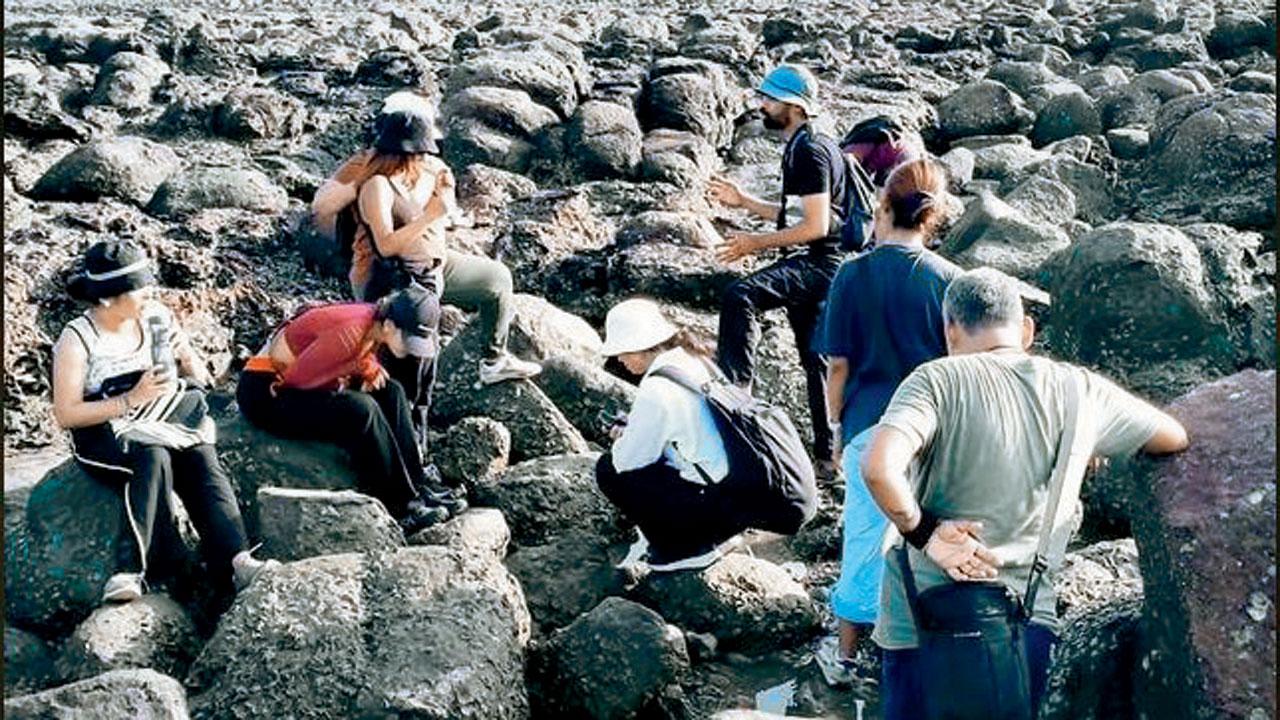
A shorewalk on Erangal Beach
“While the right to information can bear fruits, research regarding the presence of corals should be guided by a holistic idea of its outcome. If the information is used to develop underwater projects, then such studies should probably not be encouraged. But if it is used to formulate policies for its protection, then it’s always a welcome change,” Karve notes.
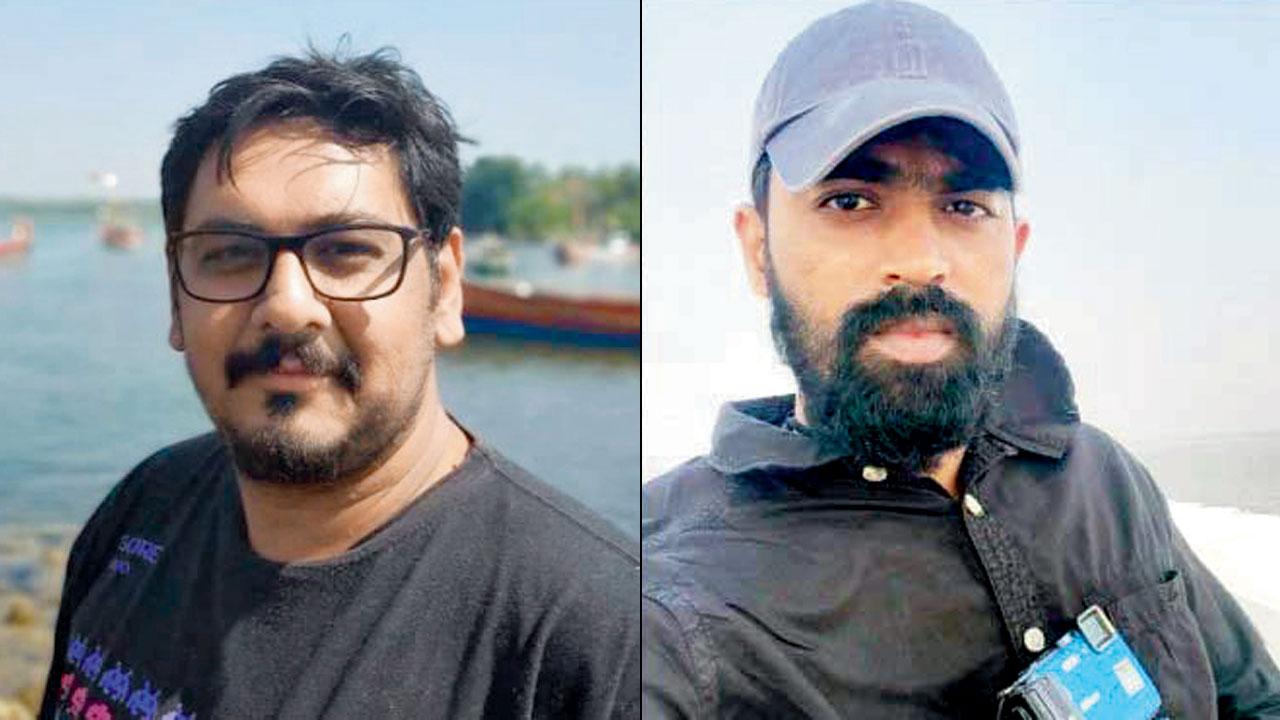
Shaunak Modi and Harshal Karve
About the role of individuals in conservation, Shaunak Modi, founder, Marine Life of Mumbai (MLOM), points out, “If we want to preserve corals, the first thing we can collectively do is to ensure that the ecosystems which they are part of continue to thrive. Infrastructure projects are a big threat in Mumbai. Citizens should engage with the ecosystem. A walk by the sea doesn’t require any special permit.” Sejal Mehta, consultant editor, MLOM, notes that knowledge is extremely powerful and one should interact with science and scientists to gain knowledge.

(From left) Burnt cup coral, flowerpot corals, and a ragged sea hare after it had moved into a cosy little tidepool in Mumbai. Pics Courtesy/Shaunak Modi, Pradip Patade
Log on to: @marinelifeofmumbai on Instagram for details about their upcoming walk
The Mumbai reef fact file
1 In recent times, we spotted snail eggs amidst a garbage patch near Juhu Koliwada Jetty. The bead-like eggs were seen on plastic bags, which means the snail species is treating plastic as a natural substrate.
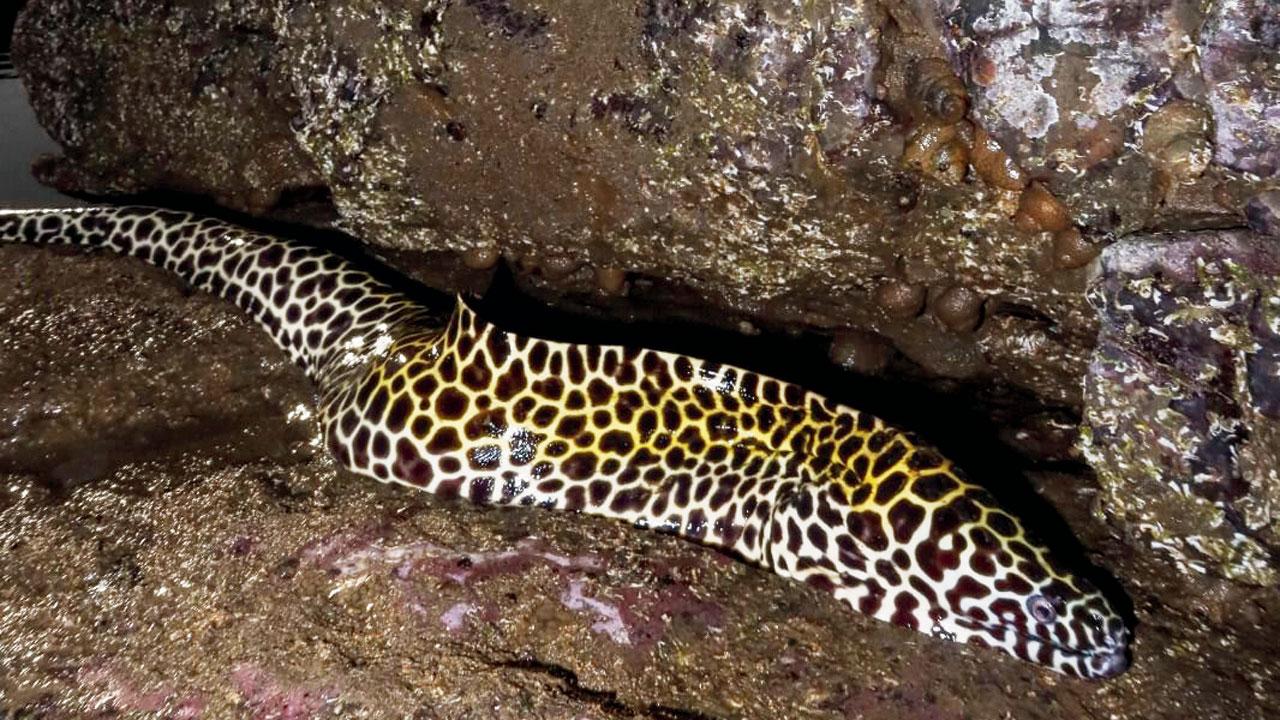
2 On one of his walks, a day before the lockdown, the biologist chanced upon a honeycomb moray eel (above) along the Mahalaxmi shoreline. One wouldn’t expect to spot the fish in Mumbai, given that as a species associated with coral reefs; they need a certain quality of water to survive. This year, Patil spotted the fish along the Bandra shoreline.
3 Mumbai’s northern beaches haven’t really been explored. And during a public walk, the Erangal beach — close to Malad — was seen to have the same reef-building corals that are found in Haji Ali.
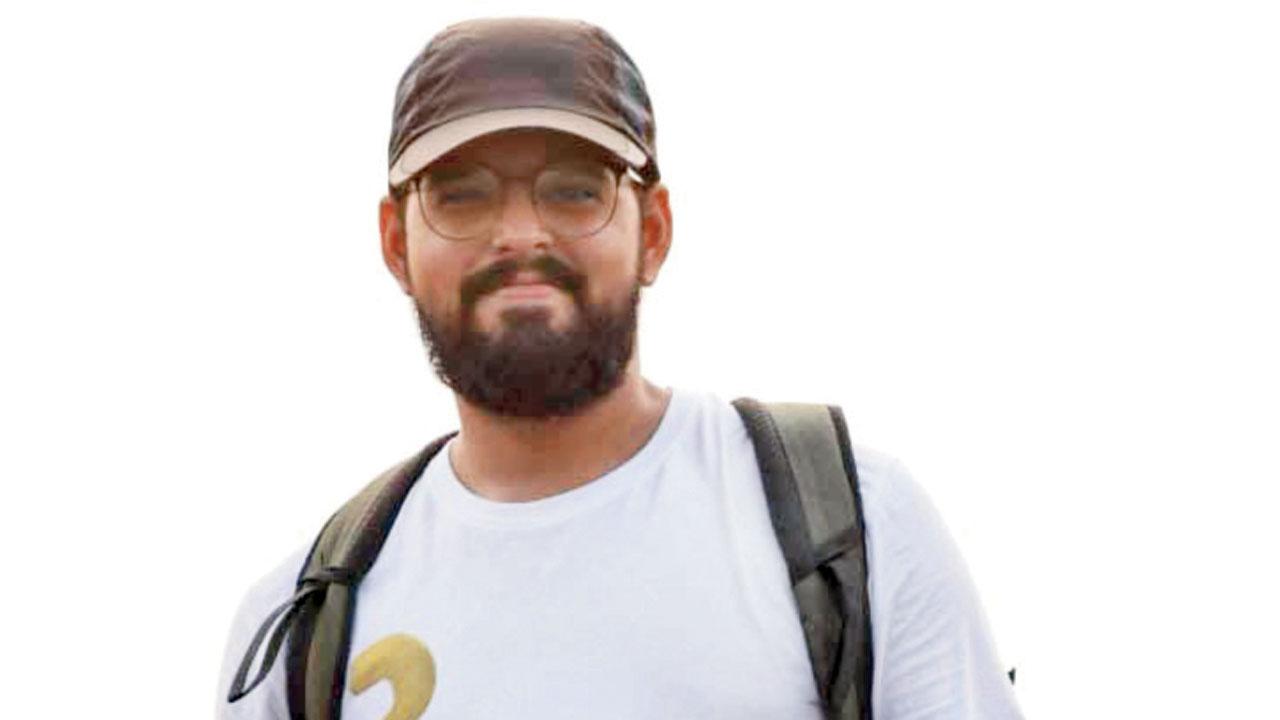
4 During the same walk, participants caught sight of a mole crab. There were no records of mole crabs from Mumbai for a long time. The last sighting was documented in the 1960s.
5 A flowerpot coral called Bernardpora can be found at Marine Drive. The species multiplies in numbers amidst silt.
By Gaurav Patil, marine biologist and marine walk curator
 Subscribe today by clicking the link and stay updated with the latest news!" Click here!
Subscribe today by clicking the link and stay updated with the latest news!" Click here!












